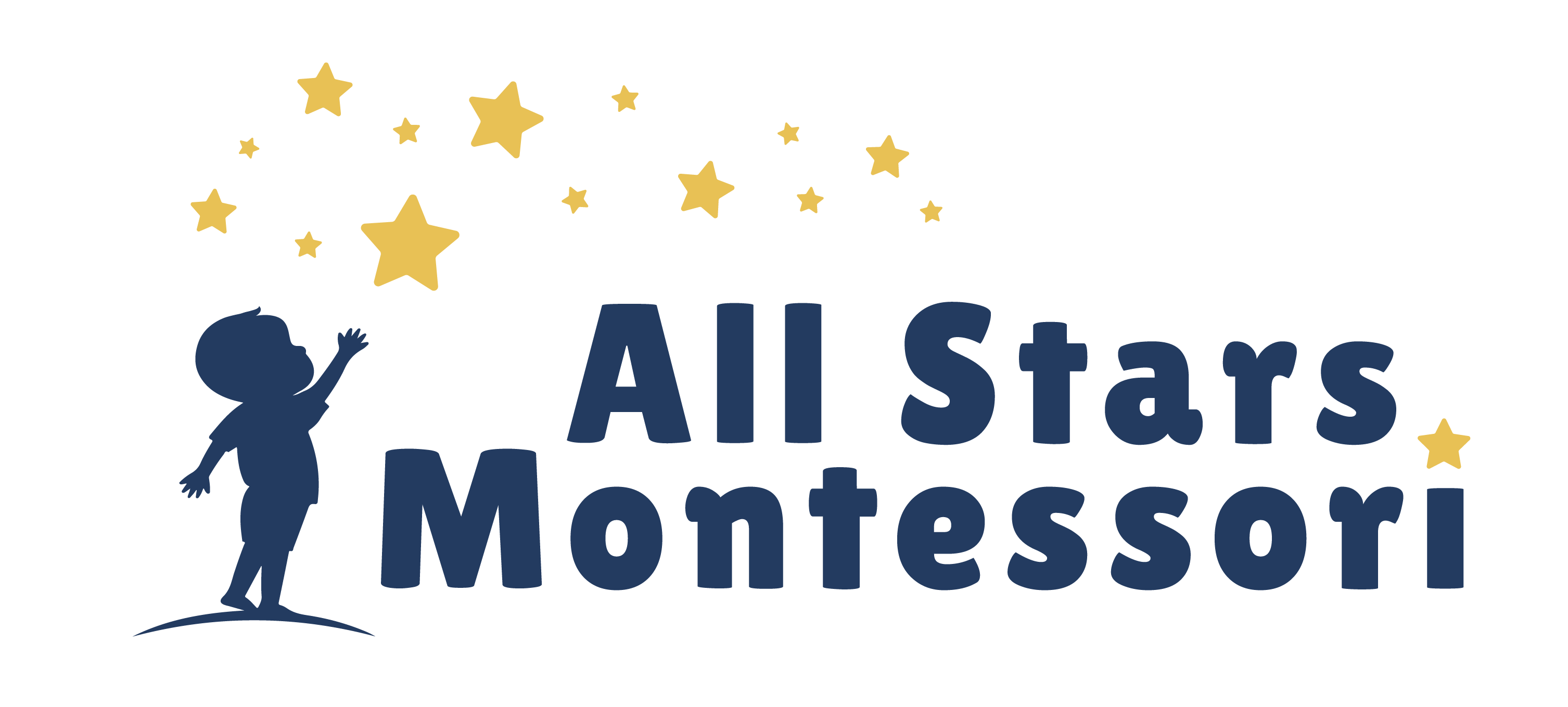We put a lot of emphasis on preparing the environments we spend time in. We do our best to ensure that they are arranged to be logical, efficient and pleasing to our senses. At home, we may incorporate the “kitchen work triangle” in order to have an efficient work flow while we’re cooking. At work, we may focus on ergonomics to ensure that our work areas are comfortable. Maria Montessori placed this same emphasis on the Prepared Environment of the Montessori classroom. She believed the child’s work environment should be beautiful and ordered. A space that will facilitate independent learning and exploration as well as inspire freedom of choice and self-discipline.
“I then came to realize that everything about a child should not only be in order, but that it should be proportioned to the child’s use, and that interest and concentration arise specifically from the elimination of what is confusing and superfluous.” Maria Montessori
Montessori classrooms are separated into basic categories of learning that make sense to a child. All of the shelves are open and at the child’s level. A variety of developmentally appropriate materials are placed on the shelves in an orderly fashion so that a child is able to select a material to work with, and is also able to independently return the material as they found it. There are open spaces available where children can take their materials and spread out as they explore them. There is an area where children can safely explore “messy” art materials, and an area where they can choose to quietly read a book. All of these areas are clearly defined and appealing to the child’s senses.
Because Maria Montessori recognized how frustrating it must have been for small children to live in an adult-sized world, she had child-sized tables and chairs specially built for the children in her first classrooms. She was a pioneer in this area and now child-sized tables and chairs are commonly found in classrooms. Yet although she felt it was important that materials are child-sized, she also believed that the materials should be realistic. In a Montessori classroom you will find miniature pitchers that children can pour real water from. Miniature brooms and dust pans that children can clean real messes with. Miniature kitchen utensils that they can serve real food with. Miniature garden tools. Miniature painting easels. Miniature musical instruments. All real-life things that a child’s small hands can easily grasp and use.
The four clearly defined areas of learning in a Montessori classroom are: Practical Life, Sensorial, Language and Math. In the Practical Life area, children will find materials that help them practice skills such as pouring, transferring, sorting and more. These skills will help them develop coordination, concentration and independence. In the Sensorial area, a child will find materials such as the sound cylinders, the pink tower and the color box that help them develop their five senses. The Language and Math areas will have a variety of materials that teach children to recognize and work with letters and numbers.
When a child enters an environment that has been specially prepared for them, they will feel at home and this will give them the comfort and confidence they need to learn and explore!




0 Comments
Trackbacks/Pingbacks